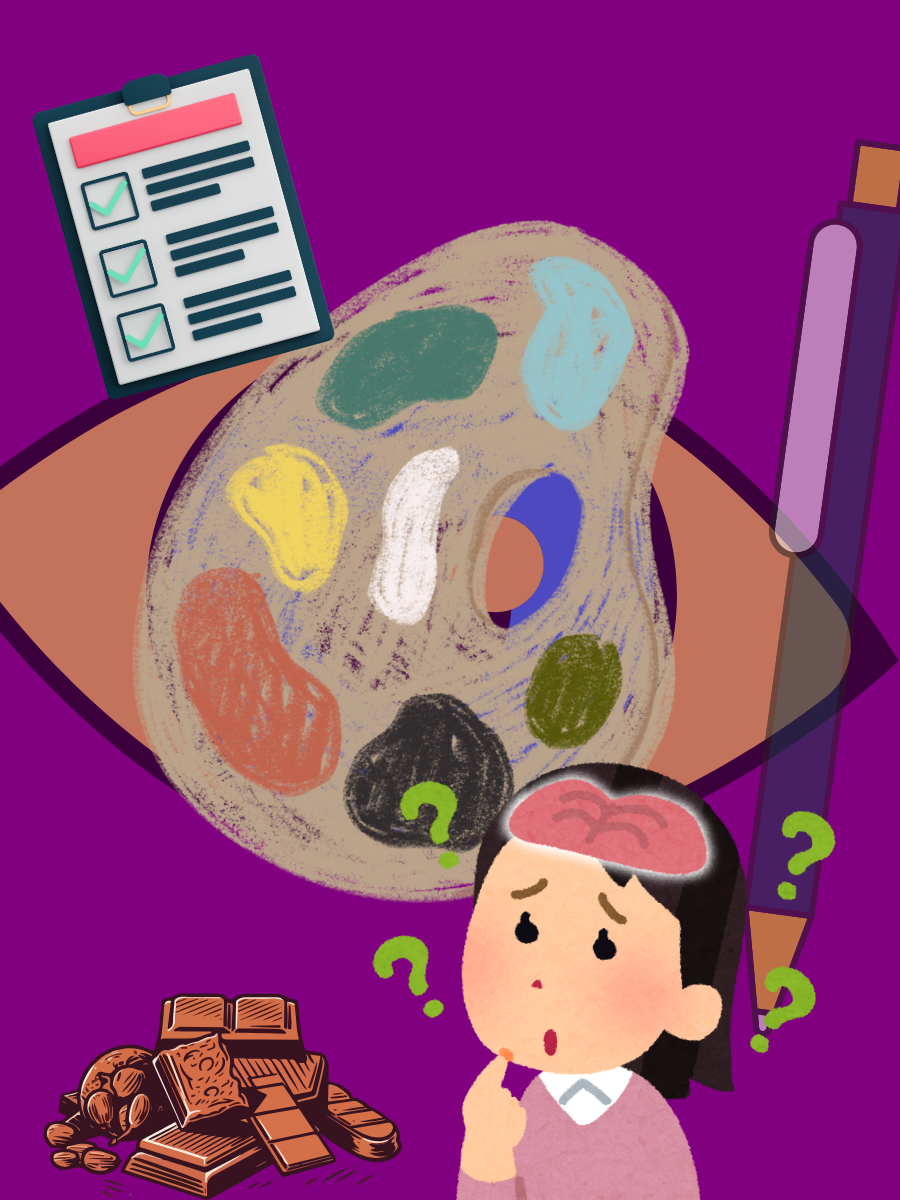Introduction
Russia is at a critical point in its economic growth. After overcoming challenges like the Soviet Union’s collapse and the 1998 financial crisis, Russia saw rapid growth from 2000-2008. However, protecting intellectual property rights remains a significant issue. Although laws have been updated, they still don’t meet international standards. This has led to criticism and skepticism. Weak enforcement of intellectual property rights has also delayed Russia’s entry into the World Trade Organization, discouraged foreign investment, and affected key industries. The present blog explores evolution of Russian IP laws, the current laws, how well they are enforced and how these laws affect Russia’s economy and its place in the world.
Evolution of Russian IP Laws
Although Russia’s intellectual property rights have moved closer to international norms, effective enforcement and compliance are still tricky.
- Czarist Era
Regarding administration, science, and the arts, Russia’s rulers, known as Czars, started importing concepts from Western countries in the 17th, 18th, and 19th centuries. This affected the way they viewed protecting inventions and creative works. Authors’ rights were protected for the first time in 1828. Eventually, by 1896, patent rules were created, demanding inventions to be new and valuable and giving exclusive rights for 15 years.
The rapid advancements of science and culture in the 1800s and 1900s culminated in Russia’s first comprehensive copyright statute in 1911. However, the powerful effect of the 1917 Bolshevik Revolution on property rights, including intellectual property rights, cannot be overstated. This historical turning point created sustained problems, like piracy, that continue to influence the nation’s intellectual property landscape.
- Soviet Era
After the 1917 Communist Revolution, Russia’s government took control of personal property, including intellectual property, by the State or “The People.” This meant that the 1911 laws protecting IP were no longer effective. At first, Soviet leaders focused on other issues and didn’t prioritize changing IP laws. Later, as the country industrialized quickly, they may have seen the need for protection. However, eliminating patent protections kept things affordable and manageable. Since the Soviet Union wasn’t part of international IP agreements, they created their system. Intellectual property in Russia was divided into two main areas: “author’s rights” and “patents”. By considering intellectual property as “rights” instead of “property,” the Soviet Union may have made it easier to make changes and decide what protections to offer.
- Post- Soviet Era
Russia’s economic shift from a state-run to a market-based system in the 1990s caused misunderstandings over intellectual property protection. Uncertain rules, weakened institutions, and corruption made it difficult for companies and artists to protect their intellectual property. Even when reforms in the 2000s strengthened IP Laws, problems remained, including poor enforcement, corruption, and a lack of knowledge of IP rights. While Russia has made significant progress in protecting IP, including joining international agreements and updating its laws, the work is far from over. Ongoing efforts are crucial to create a robust and effective system that supports the country’s economic growth and innovation. This underscores the urgency and importance of the topic at hand.
Transformation of Intellectual Property Laws in Russia
The transformation of Intellectual Property Laws in Russia has been divided in a total of five stages (Soviet Era to Modern Time), as follows:
- First Stage (Early Regulation, 1928): In 1928, the CEC and CPC of the USSR passed a resolution introducing state regulation of the industry, one of the first major regulatory legal acts on copyright, after the October Revolution of 1917. The resolution governs the contract conditions for passing the rights to public performance of works and publishing contracts.
- Second Stage (Codification, 1964): The Civil Code of the RSFSR (1923) did not provide normative legal regulation of copyright. The 1964 Code introduced detailed and comprehensive development of copyright protections. The 1964 Code allowed legal protection for IP objects of foreign authors under international agreements. Until 1973, there were no such agreements, apart from bilateral treaties. The 1925 Treaty between the USSR and Norway on trade and navigation included Article 13, which states that, “Until these conventions are concluded, the abovementioned rights of industrial, literary and artistic property will be exercised by citizens of one of the High Contracting Parties in the territory of the other Party within and on the terms of the domestic laws of this latter Party and international conventions, agreements or treaties concluded by it with that of other states, which in this respect is most favored.” Joining the World Copyright Convention In 1973, the USSR joined the World Copyright Convention (1952 Geneva edition). This required the USSR to ensure minimum rights for foreign authors, such as exclusive rights to translate works, rights to publish translations, rights to permit translation and publication of translations.
- Stage 3: Post-Soviet Reforms (1993): The Law of the Russian Federation “On Copyright and Neighboring Rights,” enacted in 1993, was essential. The Law includes five sections: General provisions; Copyright; Neighboring Rights; Collective management of property rights; and Protection of copyright and neighboring rights.
- Stage 4: International Integration (1995): Russia ratified the Berne Convention for the Protection of Literary and Artistic Works and the Universal Copyright Convention (1971 Paris edition) in 1995. Thanks to the Paris edition, Russia was able to bring its laws into compliance with the more stringent standards of the Berne Convention. The Berne Convention, which emphasized the national treatment concept and granted copyright protection without formalities, introduced retro-protection, restored protection terms, and established more demanding standards for works published elsewhere. Russia’s copyright legislation was revised in 2004 to bring it closer to international norms.
- Stage 5: Modernization (2008): The fourth section of intellectual property regulation contained within the Russian Civil Code gained operational validity in January 1, 2008, as a crucial step for Russian intellectual property legislation to reach international compliance. The Law provides:
- Fully restored the regime of the so-called retro-protection, established by the Berne Convention,
- Corrected the terms of granting protection to works,
- Introduced a new “Internet law” for more effective legal regulation of using copyright in digital networks.
- Here, International legislation is represented by various conventions, agreements and treaties. International legal acts in which Russia is a participant:
- Seven major international agreements bind Russia through its membership with the Berne Convention (1886) and Universal Copyright Convention (1952), the Rome Convention (1961), the Geneva Convention (1971), the TRIPS Agreement (1994) and the WIPO Copyright Treaty (1996) and WIPO Performances and Phonograms Treaty (1996). Additionally, there are international norms and treaties that Russia is not a party to.
New Legislation
The fourth part of Russia’s Civil Code outlines the country’s new IP laws. It has eight chapters and 327 articles (1225-1551), similar to sections in US laws. As a civil law country, Russian court decisions do not serve as precedents, so the laws are written to include specific rules and guidelines.
General Provisions
Chapter 69 of Russia’s Civil Code defines IP as creations of the mind and symbols that identify businesses, including patents, trademarks, and trade secrets. The Law uses unified terminology and introduces “intellectual rights,” which include economic and moral rights. Economic rights can be transferred or licensed, while moral rights are protected but cannot be transferred. Russian intellectual property violations lead to legal solutions that involve court interventions through injunctive measures and monetary payment alongside preventing tarnished moral dignity, while dispute resolution happens at both Rospatent institutions and judicial courts. Extreme violations of laws will cause harsh repercussions for the offending parties.
Russia’s Author’s Rights Law
Chapter 70, author’s rights, includes protection of creative works like literature, music, and art. It covers:
- Exclusive rights: Control over reproduction, distribution, and display.
- Moral rights: Protection of authorship, name, and work integrity.
- Types of works: Literary, musical, artistic, and more, including computer programs.
- Term of protection: Life of author plus 70 years.
- Infringement and Remedies as Statutory compensation: Up to 5 million rubles or double the value of copies.
- Protection against copying: Technical measures to prevent unauthorized copying.
Russia’s Neighboring Rights Law
Chapter 71 includes the protection of intellectual rights related to author’s rights. It covers:
- Performers: Exclusive and moral rights for performances.
- Producers: Rights for phonograms, broadcasts, and databases.
- Publishers: Rights for public-domain materials.
- Terms of protection: Varying terms, including life of performer plus 50 years
- There are certain controversial provisions such as:
- Database updates: Term of protection is renewed with each update.
- Substantial changes: Omit the “substantial” change requirement for renewal.
Russia’s Patent Law
Chapter 72, the patent includes necessary requirements for novelty, non-obviousness, and industrial applicability, whereas Utility Models requirements are no non-obviousness and no examination on merits. The protection of intellectual rights, in:
- Patents: Technical solutions with a product or process (Term of protection – 20 years)
- Utility models: Technical solutions related to devices (Term of protection – 10 years)
- Industrial designs: Artistic designs determine a product’s appearance (Term of protection – extended during the last year of each five-years, while the total period cannot exceed 25 years.)
Trademarks and Service Marks Law
Chapter 76 includes Firm names, Trademarks and service marks, Appellations of (geographical) origin of goods and Commercial designations. Both are protected in Russia, with similar requirements and provisions. Trademarks identify goods of legal persons or individual entrepreneurs, while service marks identify works or services. Both require registration with Rospatent, which issues a certificate, and have a 10-year term of protection with unlimited prolongation, and marks can be cancelled if not used for 3 years.
Conclusion
Russia’s intellectual property laws have evolved significantly over time. During the Soviet era, the government-controlled most creative works and inventions. Russia has updated its laws to protect intellectual property, endorsing international agreements and strengthening enforcement. Progress in enhancing intellectual property rights in Russia has not fully addressed piracy issues, corruption, and inconsistent enforcement. The development of Russia’s economy and the enhancement of international competitiveness depends on sustained motivation for innovation, thorough education of IP laws, and firm enforcement of associated regulations.
References
- Dabrowski M (2015). “The systemic roots of Russia’s recession”. Bruegel.https://www.bruegel.org/policy-brief/systemic-roots-russias-recession
- Russia remains on the International Intellectual Property Alliance (IIPA) Priority Watch List, http://www.iipa.com/2009_SPEC301_TOC.htm.
- Intellectual Property Rights, supra note 4, at 34. Unquestionably, Russia must improve protection and enforcement of intellectual property rights, else it will impede its efforts to join the WTO.
- Eugster E (2010).“Evolution and Enforcement of Intellectual Property Law in Russia”. 9(1) : 131-151.
- Ross K L. “Successors of Rome: Russia, 862-Present”, Proceedings Of The Friesian School, Fourth Series. http://www.friesian.com/russia.html.
- Zegelman J (2009). “Researching Intellectual Property Law in the Russian Federation”. Law & Tech. Res. For Legal Prof‘Ls. http://www.llrx.com/features/russiaiplaw.htm
- Eugster, supra note 4.
- Zegelman, supra note 6.
- Butler W E (2005). “The development of Czarist intellectual property rights”. xxiii (William E. Butler trans., Wildy, Simmonds & Hill Publishing 4th ed. 2005) (1998).
- Gehlbach S (2018). “Property rights in post-Soviet Russia: violence, corruption, and the demand for law”. Taylor & Francis. 34(4): 262-263. https://bpb-us-e1.wpmucdn.com/sites.northwestern.edu/dist/6/5447/files/2021/03/book_review_PSA.pdf
- CEC and CPC of the USSR. (May 16, 1928). Resolution on Copyright.
- Khalilov N (2022). “Codification of Civil Law in A Codification of Civil Law in Azerbaijan: Hist Azerbaijan: History, Current Situation and Development Perspectives. Journal of Civil Law Studies.14(1): 323-353.
- Naser A N, Lavrentieva M S, Bateeva E V, Dzhavakhyan R M and Burova I L (2018). “Intellectual Property in Russia: The correlation of private and public elements”.Revista Especios. 39(41).
- Morse J G (2017). “Property Rights In Post-Soviet Russia”. Cambridge University Press. Northwestern. https://sites.northwestern.edu/jgansmorse/book/
- Mamlyuk B N (2010). “Russia & Legal Harmonization: An Historical Inquiry Into IP Reform as Global Convergence and Resistance”.1-50.
- Naser supra note, 13.
- Budylin s and Osipova Y (2007). Total Upgrade: Intellectual Property Law Reform in Russia. Columbia Journal of East European Law. 1(1) : 1-39.







